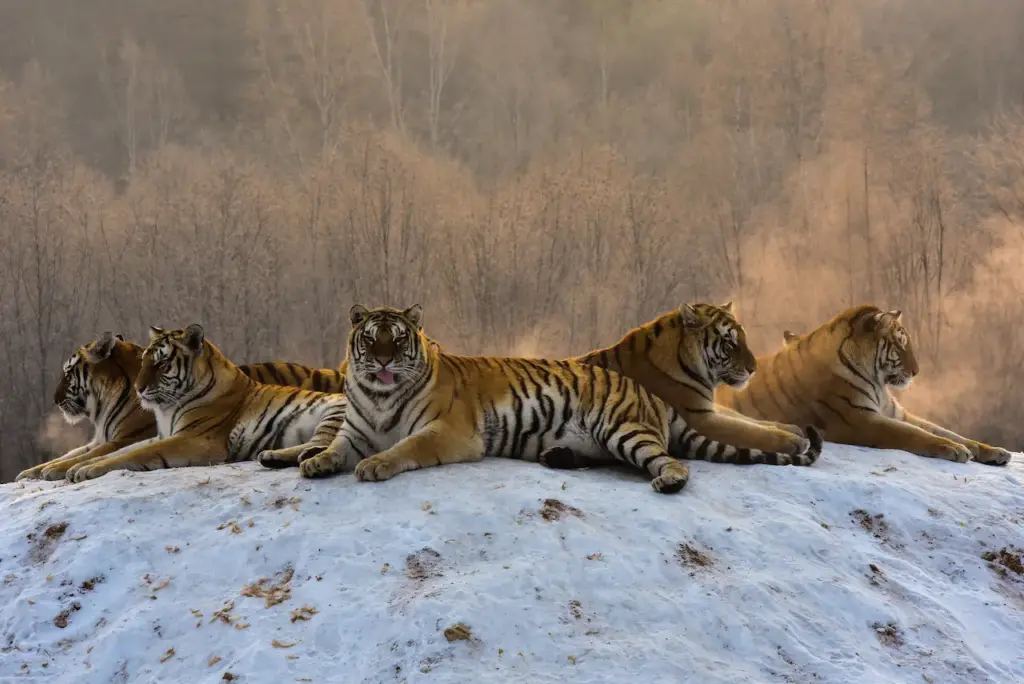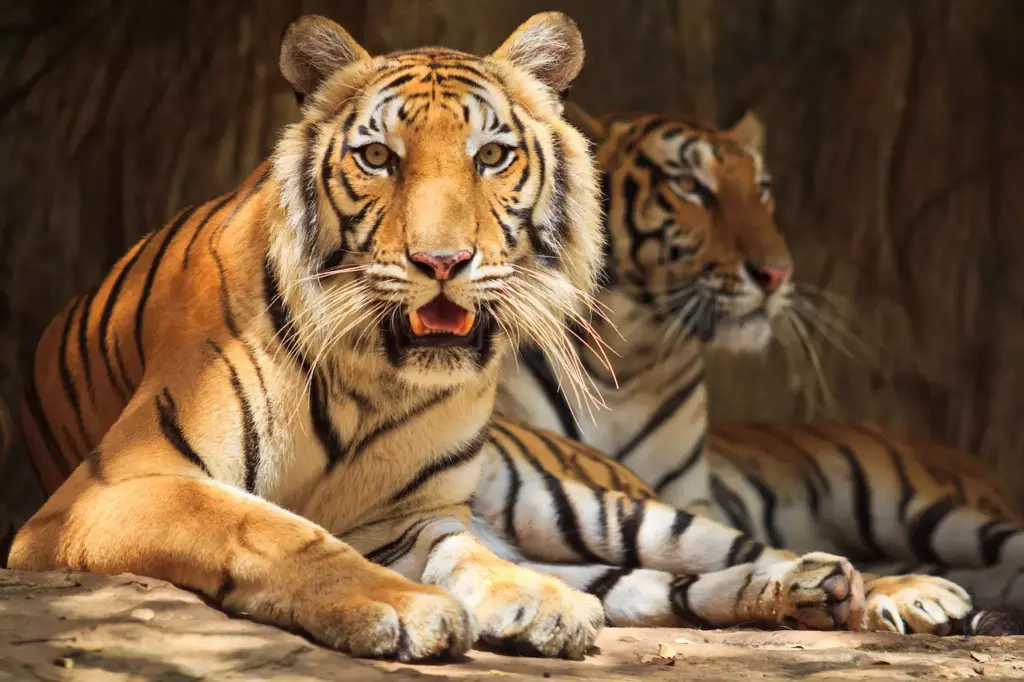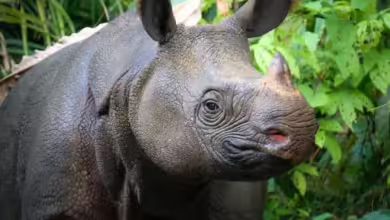A team of researchers led by scientists from the University of British Columbia reports that the endangered Amur Tigers or Siberian tigers face an even tougher fight for survival than had previously been thought. The problem, the scientists say, is inbreeding.

In an article published in the BBC’s Earth News, the researchers reported finding little genetic diversity among the approximately 500 Siberian tigers remaining in the wild. After genetic analysis of scat samples taken in the regions of Far Eastern Russia’s Sikhote-Alin Mountains and Southwest Primorye, the team concluded that genetic diversity among all the remaining wild tigers was only equal to that of 20 to 30 individuals in a natural population that had not suffered from inbreeding.

Siberian tigers were hunted to near-extinction by the early 20th century, with 20 animals remaining in the wild by the 1940s–almost all of them in Far Eastern Russia. Protection of the species resulted in a recovery to the current population of several hundred. However, the latest research has shown that the gene pool for the surviving animals is very small, a situation that could lead to reduced resistance to disease and other problems.
The lone bright spot for the Amur tiger is that about 500 of the animals live in captivity–and in the future, these captive animals may be able to provide some of the genetic diversity that is lacking in the wild.



